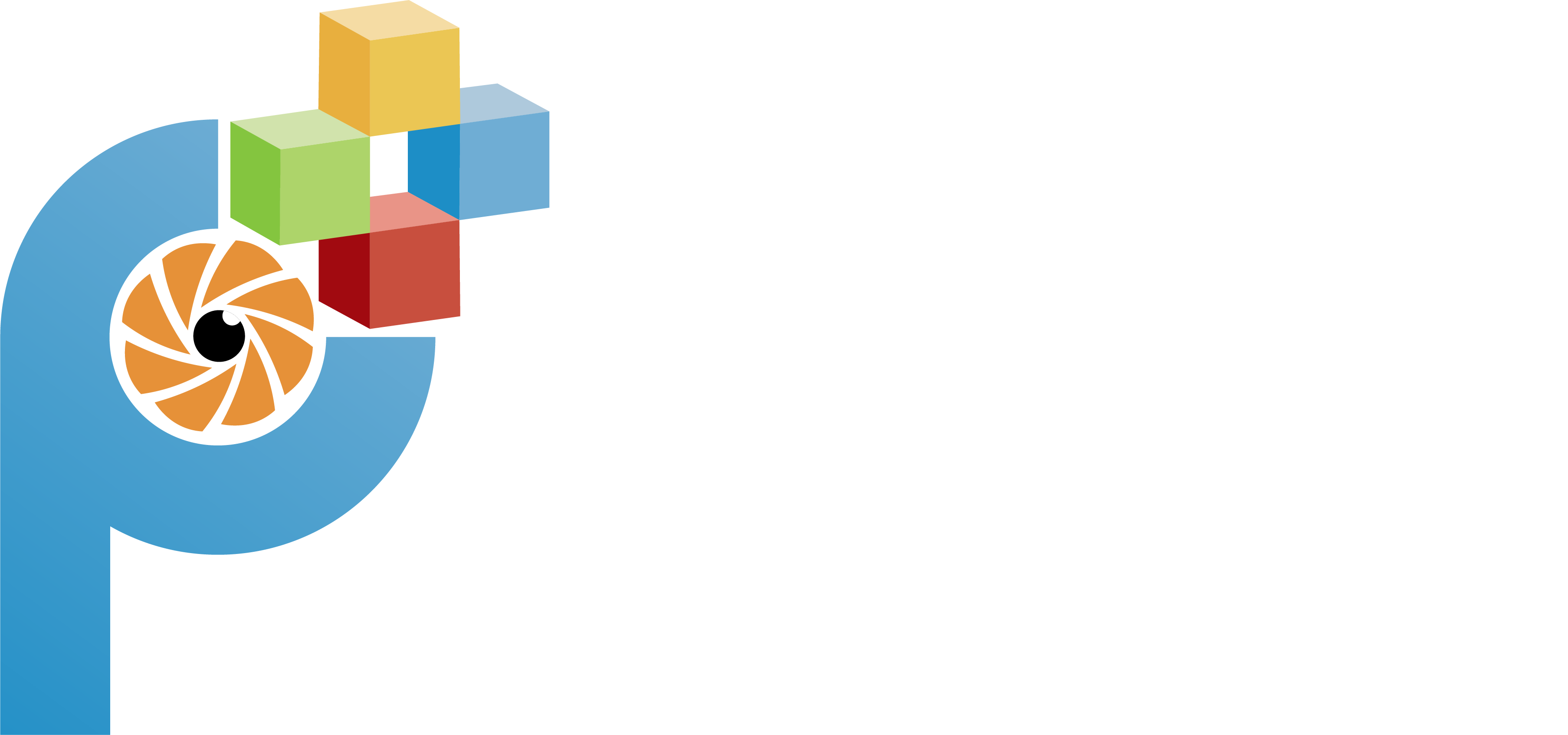

Optometry practices face a unique challenge in balancing patient care with profitability. Dry eye disease is a common yet often overlooked condition that presents a significant opportunity for practices. In this blog post, we’ll explore the multifaceted approach to dry eye management, discussing the clinical importance, patient communication strategies, and the impact on practice profitability.
Understanding the Scope of Dry Eye Disease
Dry eye disease affects millions worldwide, with prevalence rates rising due to increased screen time, aging populations, and other factors. However, the condition’s insidious nature means many patients may not even realize they have it until it significantly impacts their quality of life. This gradual onset presents a unique challenge for optometrists, who must diagnose and treat the condition early to prevent long-term damage.
The Importance of Early Detection and Treatment
One of the most critical aspects of managing dry eye disease is early detection. Many patients visit their optometrist with symptoms they might not associate with dry eye, such as fluctuating vision or general eye discomfort. Educating patients on the signs of dry eye and the importance of regular eye exams can help in early detection. As practitioners, we must shift our approach from reactive to proactive care.
Tom Chapman, an expert in the field, shares an anecdote about a college volleyball player who was shocked to see the images of Demodex mites on her false eyelashes. This visceral reaction underscores the importance of visual aids in patient education. By showing patients the actual state of their eyelids, optometrists can drive home the need for proper eyelid hygiene and other preventive measures.
Communication Strategies: From Clinical to Personal
Effective patient communication is crucial in managing dry eye disease. Many patients are unaware of the impact of untreated dry eye on their daily lives. For instance, those with severe dry eye might avoid outdoor activities or even limit their use of air conditioning to prevent discomfort.
Optometrists should highlight the practical benefits of treatment, such as the ability to enjoy outdoor activities or avoid the social stigma of red, irritated eyes. Tom emphasizes that framing the discussion around the patient’s quality of life, rather than just clinical outcomes, can lead to better compliance and satisfaction.
The Financial Aspect: Profitability Through Better Care
Managing dry eye disease isn’t just about improving patient outcomes; it can also significantly enhance practice profitability. Comprehensive dry eye protocols typically involve multiple follow-up visits and ongoing treatment, creating more touchpoints with patients. This increased interaction not only fosters a stronger patient-practitioner relationship but also drives revenue.
For example, a typical dry eye treatment plan might include eyelid hygiene products, warm compresses, and omega-3 supplements. Practices can benefit financially by offering these products in-house. According to Tom, practices can achieve a gross profit margin of about 30% on such products. This is a stark contrast to the 5% net profit margin typically seen from standard comprehensive eye exams.
Moreover, recommending annual subscriptions for products like omega-3 supplements can provide a steady revenue stream. Tom suggests that even a small percentage of patients opting into such programs can significantly boost a practice’s profitability. The key is consistency in offering these products and making them an integral part of the patient care process.
Changing Perceptions: From Sales to Care
One of the biggest hurdles in implementing a successful dry eye management program is changing the perception of sales within the practice. Many practitioners feel uncomfortable “selling” products to patients. However, reframing this approach as part of comprehensive patient care can alleviate these concerns.
Tom likens it to recommending daily exercise or brushing teeth—activities that are universally accepted as beneficial. By positioning dry eye treatments as essential components of overall eye health, optometrists can shift the narrative from sales to care. This approach not only improves patient compliance but also enhances the perceived value of the care provided.
Practical Implementation: Steps to Success
Implementing a successful dry eye management program requires a systematic approach. Here are some practical steps:
-
Educate Staff: Ensure that all staff members understand the importance of dry eye management and can effectively communicate its benefits to patients.
-
Use Visual Aids: Incorporate imaging technology to show patients the state of their eyelids and the potential consequences of untreated dry eye.
-
Offer Comprehensive Care Packages: Create bundled treatment packages that include necessary products and follow-up visits, making it easier for patients to commit to a complete care plan.
-
Encourage Annual Subscriptions: Promote annual subscriptions for products like omega-3 supplements to create a consistent revenue stream and ensure ongoing patient compliance.
-
Track Outcomes: Monitor patient outcomes to continuously refine and improve the dry eye management protocol. Positive outcomes will reinforce the value of the treatment plan to both patients and staff.
Conclusion
Dry eye disease presents a unique opportunity for optometry practices to improve patient outcomes while enhancing profitability. By adopting a proactive approach, effectively communicating with patients, and integrating product sales into comprehensive care plans, practices can create a win-win scenario. The key is to shift the perception from selling to providing essential care, ensuring that patients understand the importance of managing dry eye disease for their overall health and quality of life.
If you’re interested in being a part of an online community with on-demand courses to help optometrists increase medical management and medical insurance utilization to grow their practice, check it out our Comprehesnive Optometry Simplifiend Bundle!

